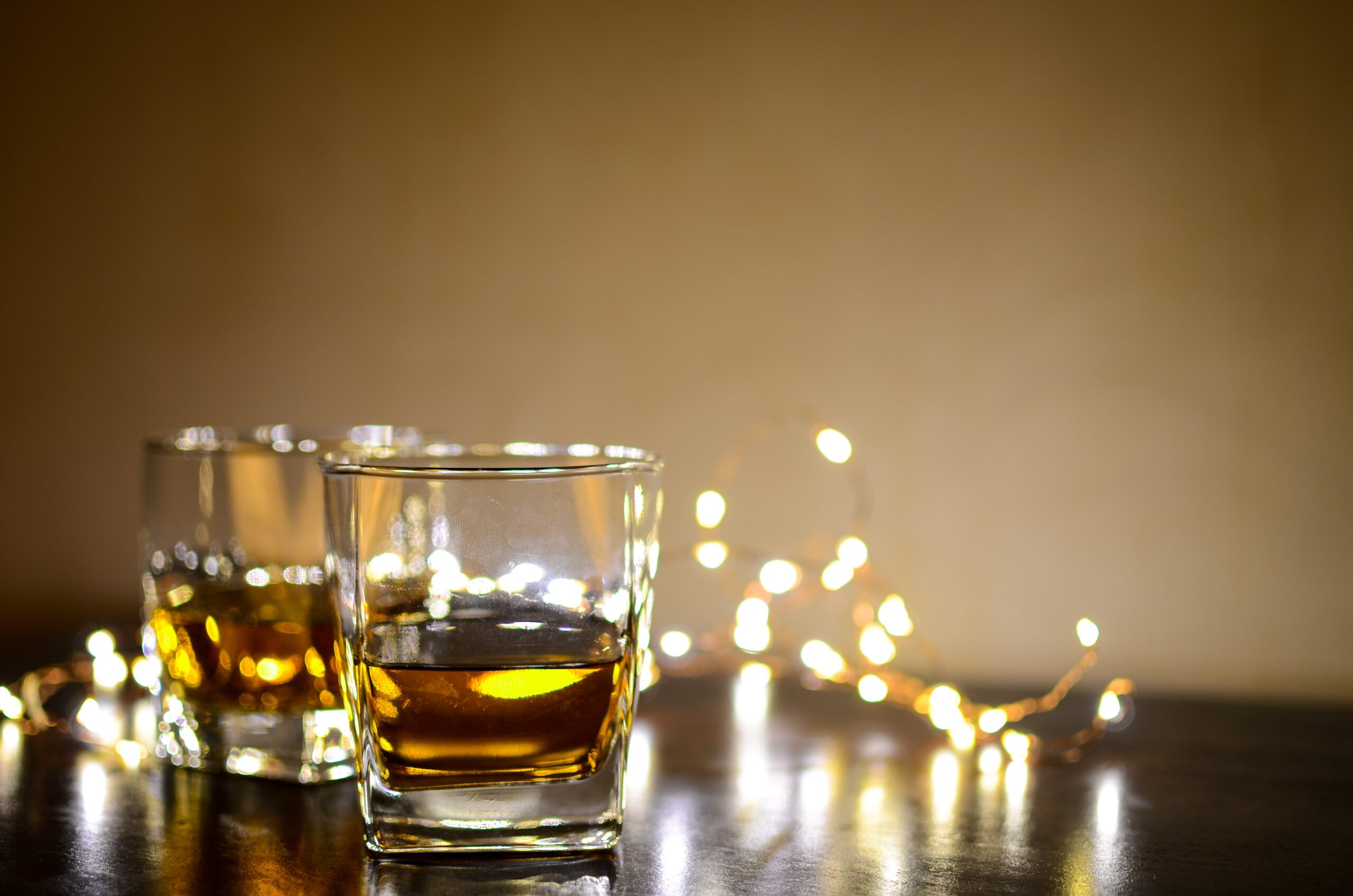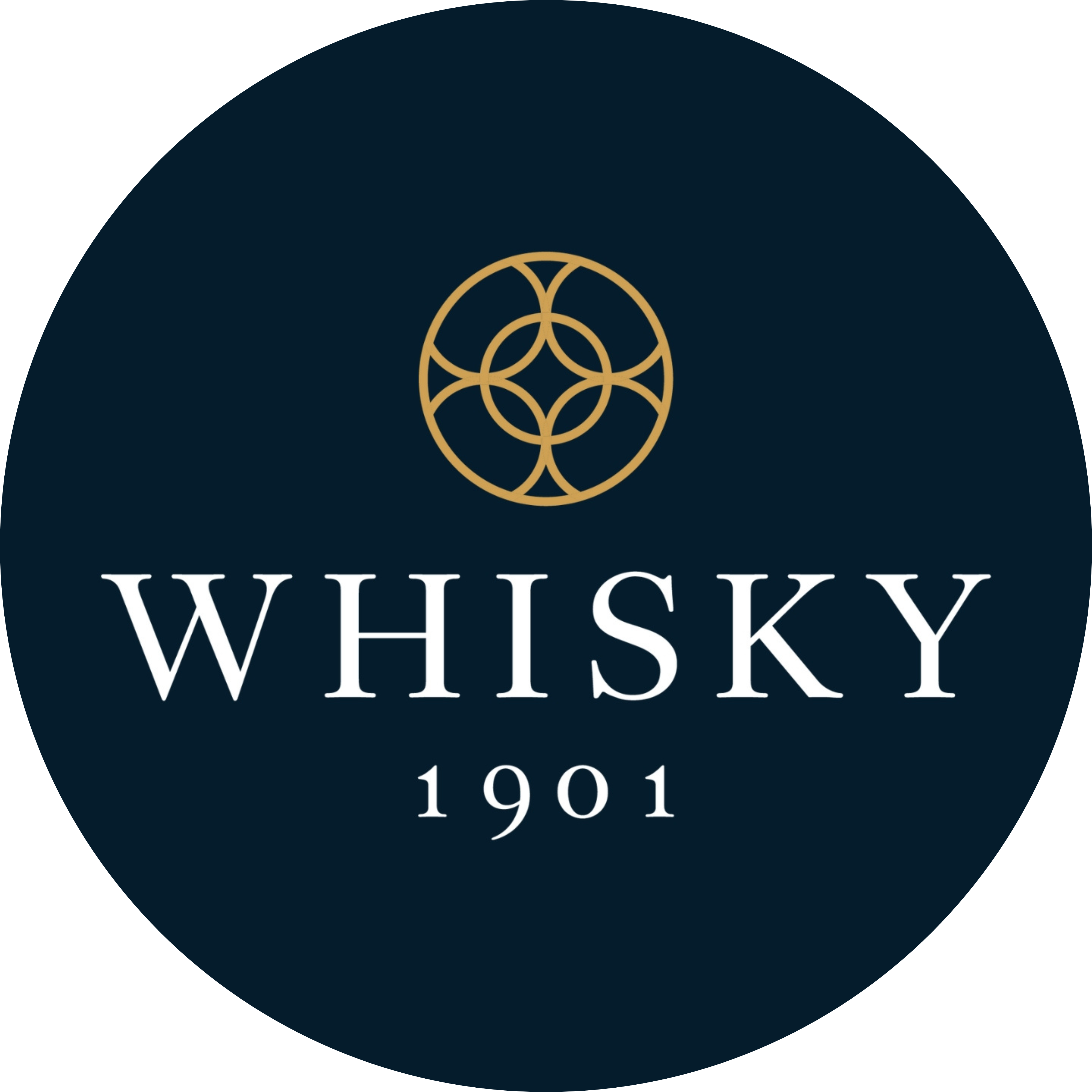Know Your History
Why is Burns Night what it is? Your guests will appreciate a bit of background and it will put your event into context. The first is said to have been held on January 25, 1801, by a group of friends and fans of Robert Burns. The wordsmith had died just five years earlier at the young age of 37.
That inaugural Burns Night was held at his former home in the village of Alloway in Ayrshire, now a national heritage site and museum to Burns’ life. They chose his birthday to hold the event. Much Scotch whisky and haggis were said to be consumed, while Burns’ poetry was read and discussed throughout the night.
It is also good to throw in a few facts and figures to make you seem like an instant Burns expert. For example, Burns Night contributes a staggering £150 million each year to the Scottish economy and accounts for 70% of the UK’s annual haggis consumption. And Burns’ work has been quoted in lyrics by legendary rock stars such as The Beatles and Jimmy Hendrix.
The Burns Supper
The centre stage of any Burns Night event is the traditional Burns Supper. This has evolved over time and is the ultimate celebration of all things Scottish. The starter is usually a robust, hearty soup, most commonly Cullen Skink – a smoked fish soup like chowder. Other options include Scotch Broth, made from barley and vegetables, or Cock-a-leekie Soup, made with chicken, leeks, and prunes.
The heart of any Burns Supper is haggis. This is the part that most people associate with Burns Night. Haggis is quintessentially Scottish and made from offal, cereals, oatmeal, herbs, and spices. These are traditionally stuffed into a sheep’s stomach and can be boiled or baked. It was poverty food and designed to use up some of the less desirable parts of an animal. Nowadays, several very good vegetarian haggis options are also available. The haggis is traditionally accompanied by neeps and tatties (mashed swede and potato) and a whisky cream sauce.
The most common dessert is Cranachan. This delicious sweet is made with whipped cream, raspberries, and oatmeal. For extra punch you can add a dash of Scotch whisky to the cream before whipping. Other options include a Scottish cheese board or Clootie Dumpling – a traditional cake made with dried fruit, condensed milk, spices, and golden syrup. This is cooked in a cloth, or cloot in Gaelic.
Other Entertainment
A few extra touches can add further depth and interest to your Burns Night event. Basically, think of anything Scottish and it will pretty much fit the bill. At a larger event, bagpipes add an atmospheric touch – you will need to book a piper early though as good ones get snapped up. The same goes for other traditional forms of Scottish music or dancing.
The one thing that must be part of your event is the reading of the famous Burns poem Address to A Haggis. Again, you will need to act quickly if you want a professional to perform it for you. Otherwise, try it yourself but the language is tongue-twistingly tricky (– I speak from experience, ha-ha). Even if you are Scottish, it can be a mouthful.
An alternative is to get a recording of the poem and play that. There are several versions on YouTube for example. Ideally, this should be played just before your guests are about to tuck into the haggis part of the dinner. The poem is said to have been the first read at the inaugural event in 1801.
Which Whiskies to Choose?
Scotch whisky is entwined with Burns Night. Many drams will be consumed on or around the date. But which one, or which selection, should you choose? Those that work best are the ones that balance and complement the meal, particularly the robust flavours of the haggis. Haggis is a spicy, peppery, and rich so you will need a whisky or whiskies that accentuate but not overpower these characteristics, and vice versa.
The styles of whisky that tend to work best are those that have been matured in ex-sherry casks or light to mid-range peated. Ex-sherry casks whiskies have the sweetness, body, and richness to combat and marry with the robustness of haggis. They also go extremely well with any of the desserts mentioned earlier. Great examples to go for would be Glenallachie 8 years old, Aberlour 12 years old or Glendronach 15 years old.
The lightly peated category also works well as they balance the spice in the haggis. However, it is best to avoid anything too heavily peated (such as Ardbeg or Laphroaig): they can be divisive, and some guests may not like them; and they also will overpower even the spiciest haggis. Excellent lightly peated options include Benromach 10 years old, Jura 12 years old or Highland Park 12 years old. If you want to go a touch peatier and smokier then Talisker 10 years old, Bowmore 12 years old or Caol Ila 12 years old are great options.




